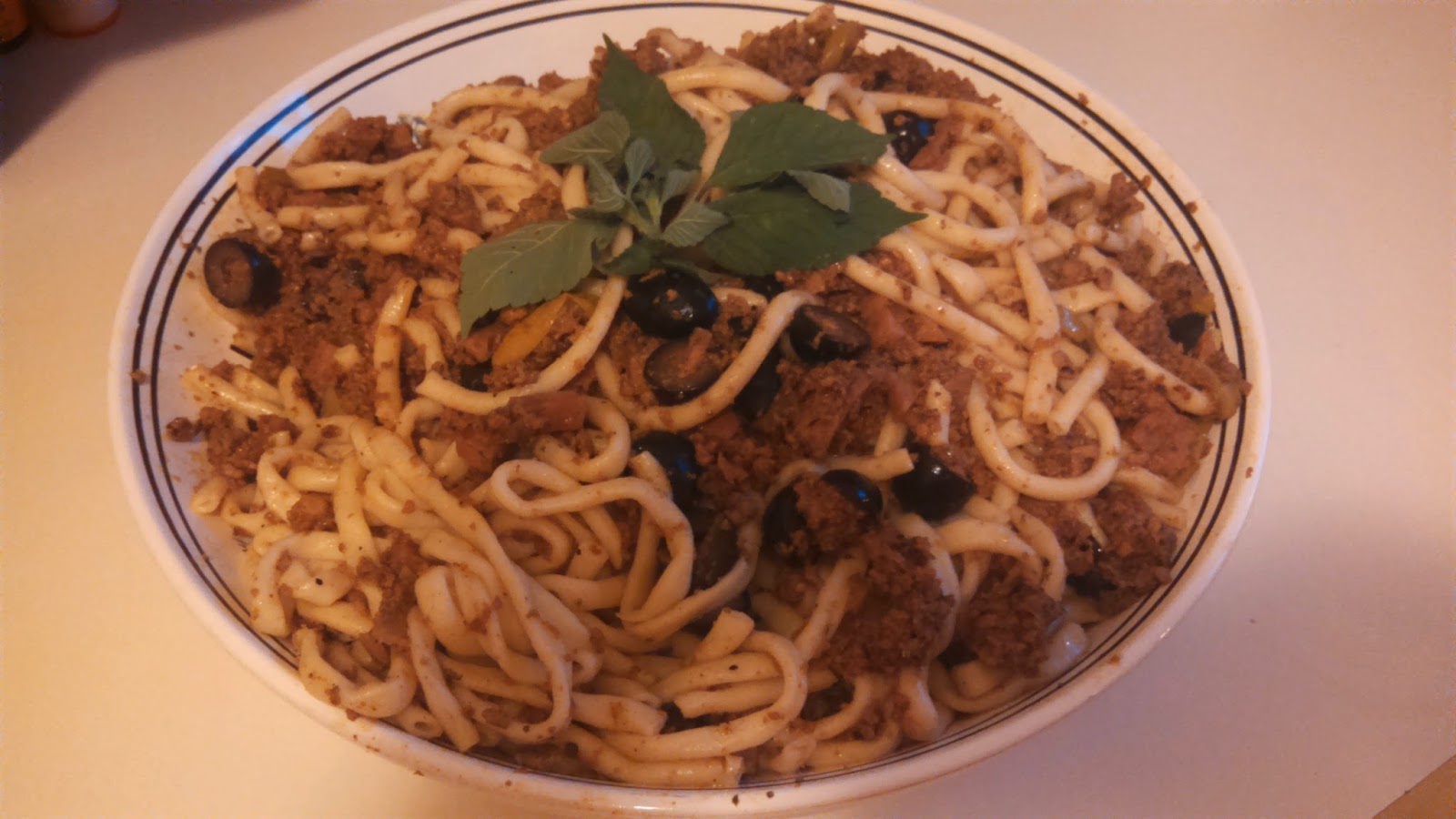This recipe is about the quickest shrimp dish I know. It could be called a shrimp quick fix. All you need is some shrimp and whatever pasta is available. For this recipe I use whole-wheat linguine. And if you don’t have linguine, spaghetti or macaroni hanging about, you can serve the shrimp over rice.
“Aglio e Olio” means garlic and oil, and by that, we mean olive oil. You just cook the shrimp is oil, add the seasonings and serve over desired pasta, with fresh Parmesan or Romano cheese on the side. . The cooking of the pasta and shrimp take about the same time. Thus you can start by boiling the linguine and, while it’s being cooked, prepare the shrimp. Nothing could be simpler. With bottle of Pinot Grigio or Chianti, and a crusty bread loaf of bread (or garlic bread if you want to fancy it up) you have a delicious, quicky meal perfect for any occasion.
SHRIMP AGLIO E OLIO
3 tablespoons olive oil
6 cloves garlic, peeled and sliced thin
1 pound jumbo shrimp, peeled and deveined
Juice of 1 lemon
1/4 teaspoon salt
1/4 teaspoon crushed red pepper flakes (or more if you like it spicy)
1/4 cup chopped fresh parsley
1 pound whole-wheat linguine, cooked according to package directions, but reserve 1/4 cup cooking
liquid
1/2 cup freshly grated Romano or Parmesan cheese
1. In a large skillet, heat the olive oil over medium heat.
2. Add garlic and cook for 30 seconds.
3. Stir in the shrimp and lemon juice, and cook 4 minutes.
4. Add salt, red pepper flakes, parsley and 1/4 cup cooking liquid from the pasta. Stir to combine.
5. Place cooked linguine in a large bowl or serving platter. Add the shrimp and serve, with the Parmesan or Romano cheese on the side.
Yield: 4 servings.








![Reblog this post [with Zemanta]](https://img.zemanta.com/reblog_e.png?x-id=2e23ee2f-1973-4453-bbff-f14038517863)

![Reblog this post [with Zemanta]](https://img.zemanta.com/reblog_e.png?x-id=09ef1545-3f74-4e43-9bf8-2a30984dfb44)